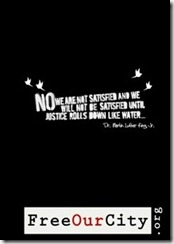by Diane Holmes, (a) Chief Alchemist of Pitch University, (b) lover of learning, and (c) writer of fiction, non-fiction, and the occasional manifesto.
Not everything is a jingle.
Sometimes the message is a mouthful. A conversation. An mini-education. Even a rant.
Then what? How does marketing work when you need to give your reader/client a lot of information?
You can’t force them to listen.
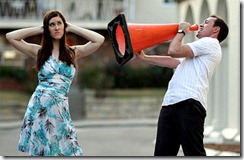
For one thing, you’re not even there in person. They’re looking at your words. And baby, reading your words, your marketing material, is totally, 100% voluntary.
That, my friend, is your biggest hurdle. Think it’s hard to gain “visibility” with a 5-second tag line? Try holding a stranger mentally captive for 5 minutes so that you can get your long message across.
Big fun, that.
The Lesson
Yesterday I read a 5-minute marketing message by accident.
I was at Starbuck’s, and I ambled over to the bulletin board while I waited on my whole-milk latte. So, I’m here for coffee to go. I’m not hoping to learn something or take notes.
On the bulletin board, I expected information about (a) garage bands and (b) manicures. Instead, I read Free Our City’s marketing brochure. 4 pages long. Front, back, two inside pages. On a topic I didn’t want to read about (sex slavery).
And I read all 4 pages.
If Free Our City can get tender-hearted me to read on such a gruesome, appalling, heartbreaking topic, then they’re doing something right. (And aren’t I just the type of person who should be their reader?)
Here’s what we can learn from Free Our City.

1. Be Bold.
Own your message. Get to the point. Lead with the bottom line or at least something that clues the reader in to the topic at hand.
Even if it’s a tough topic, dancing around it won’t help. In the seconds or minutes that you try to ease into it, your reader has moved on to manicures.
We don’t want to be lured into messages. We’re hip to all forms of marketing, so don’t toy around with us.
So I read the topic, saw that it was Sex Slavery in my own city, and I felt obligated to read more. It’s my city for Pete’s sake!
Q, What’s your bold message? What message do you need to just go ahead and own?
2. Use Structural Shorthand.
When you frame your information in a format that is familiar, we know the rhythm of what’s ahead, PLUS we’re able to take it in bite-sized pieces.

By using a Top 10 List, I was able to digest a whole lot of key information at a glance. In fact, with 10 items, there’s a subconscious test: Do you know all 10 things?
That’s hard to resist
Examples of Structure Shorthand:
- Top 10 Lists
- Knock Knock / Who’s There?
- Surveys
- Questions / Answer
- Definition Lists
- FAQs (frequently asked questions)
- Infographics
- Timeline
- Diary
- Advice Column
- Poem
- Map
- Interview
- Artifact (real or fake)
- Mind Map
Q. How can you take the information you need to get across (for your freelance business? your novel? your blog post? a speaking opportunity?) and format it into an irresistible, easy-to-understand structure?
CONTINUED NEXT WEEK!
—
 Diane writes two alternating columns for Freelance-Zone:Fiction-Zone: Leaps in Fiction Mastery and Marketing-Zone:Marketing-Zone: Marketing Yourself and Your Book.
Diane writes two alternating columns for Freelance-Zone:Fiction-Zone: Leaps in Fiction Mastery and Marketing-Zone:Marketing-Zone: Marketing Yourself and Your Book.
 Diane writes two alternating columns for Freelance-Zone:Fiction-Zone: Leaps in Fiction Mastery and Marketing-Zone:Marketing-Zone: Marketing Yourself and Your Book.
Diane writes two alternating columns for Freelance-Zone:Fiction-Zone: Leaps in Fiction Mastery and Marketing-Zone:Marketing-Zone: Marketing Yourself and Your Book.
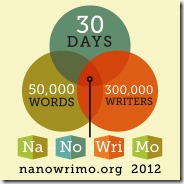
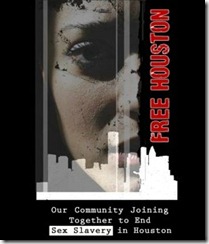

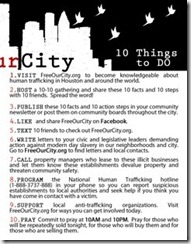
 I tend to multi-task. And since I work from a home office, this often means that while I’m writing a book or working on a large publication layout project, I’m also doing laundry, prepping meals, and tending to the everyday needs of my freelance clients. How is this possible?…Microsoft Outlook.
I tend to multi-task. And since I work from a home office, this often means that while I’m writing a book or working on a large publication layout project, I’m also doing laundry, prepping meals, and tending to the everyday needs of my freelance clients. How is this possible?…Microsoft Outlook.
